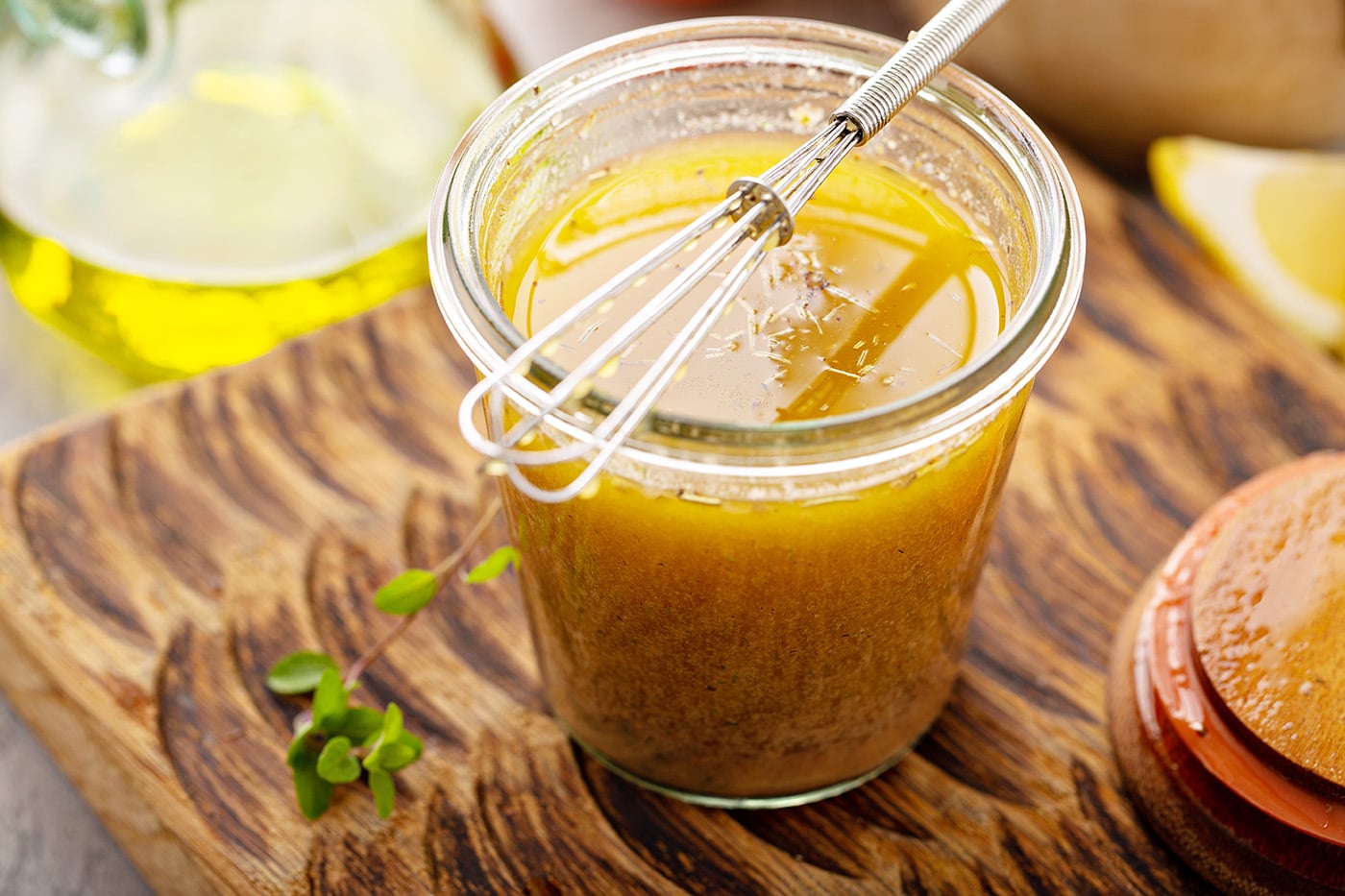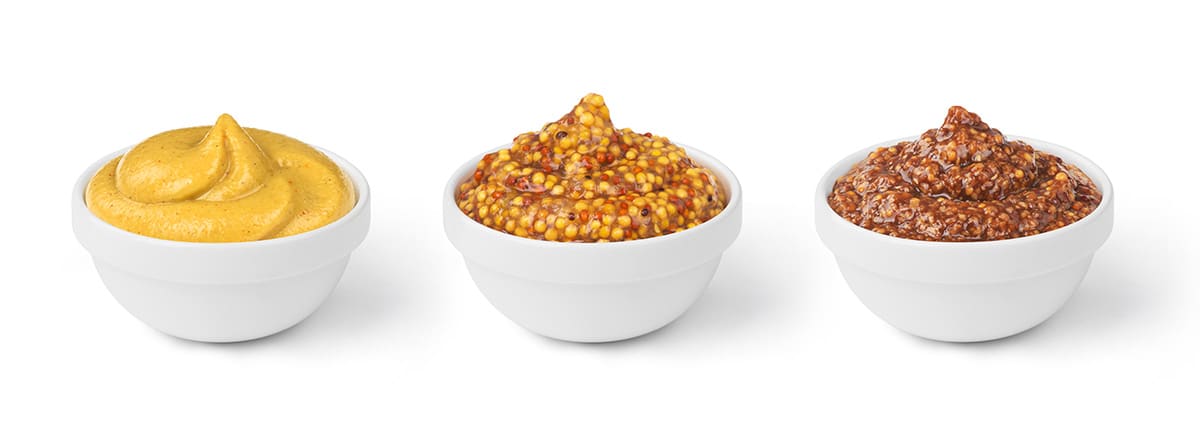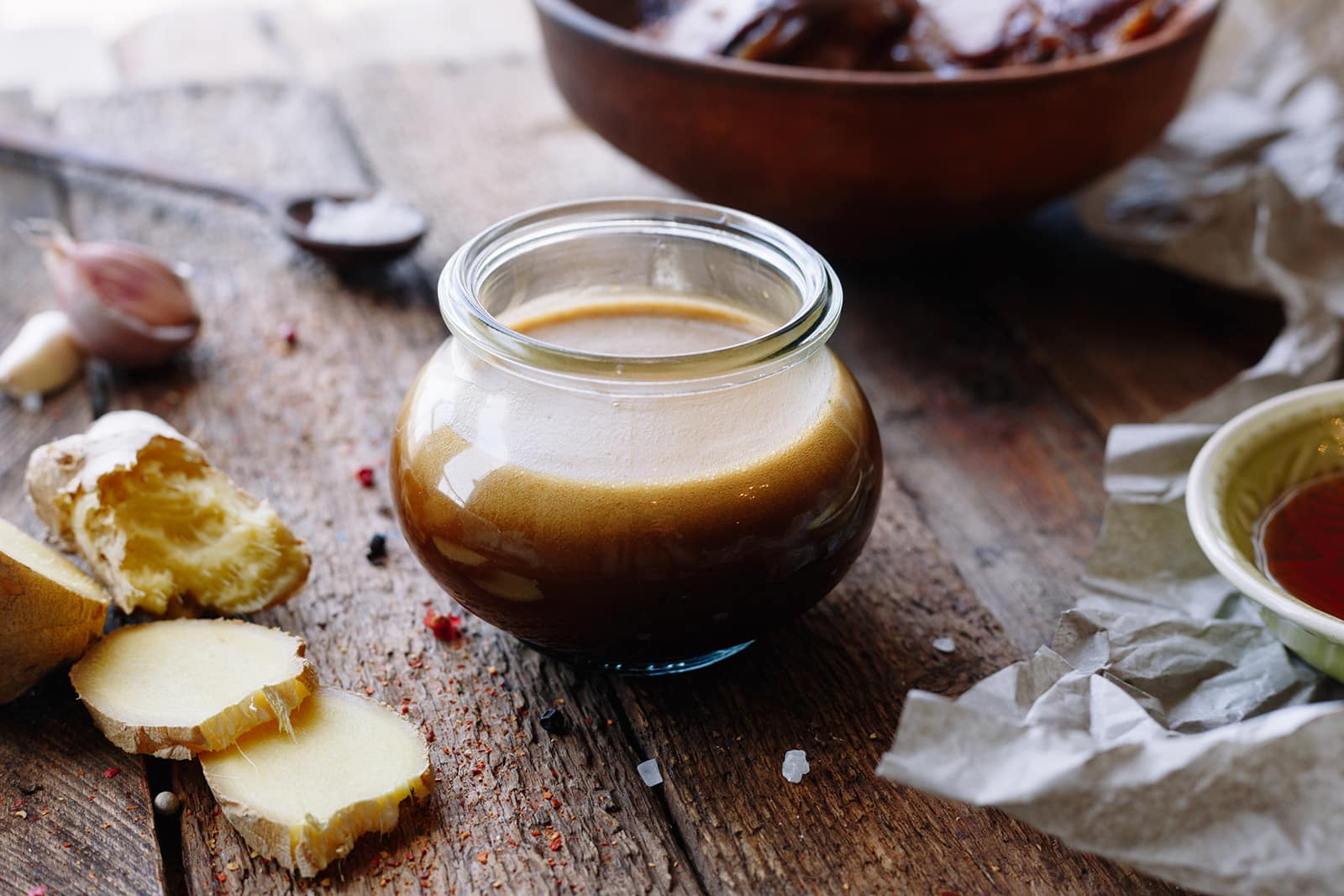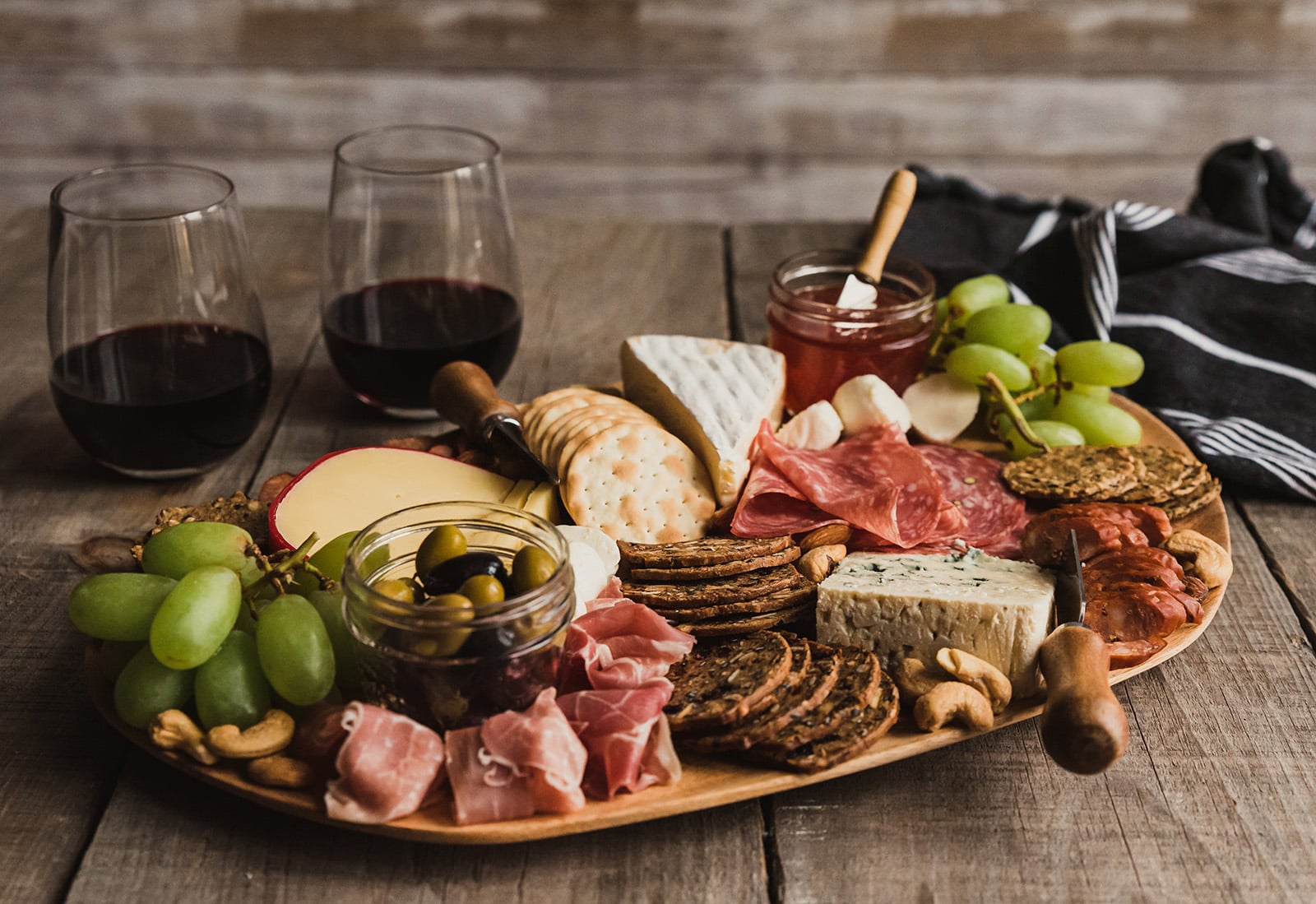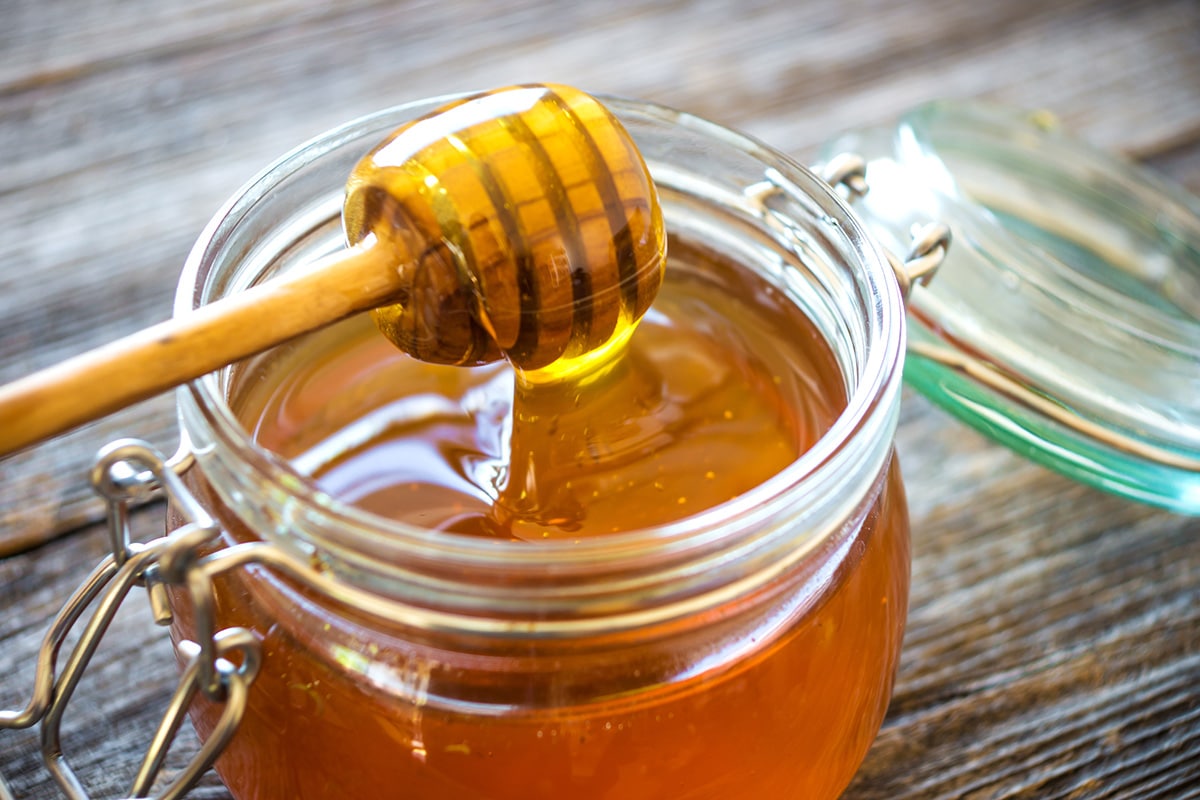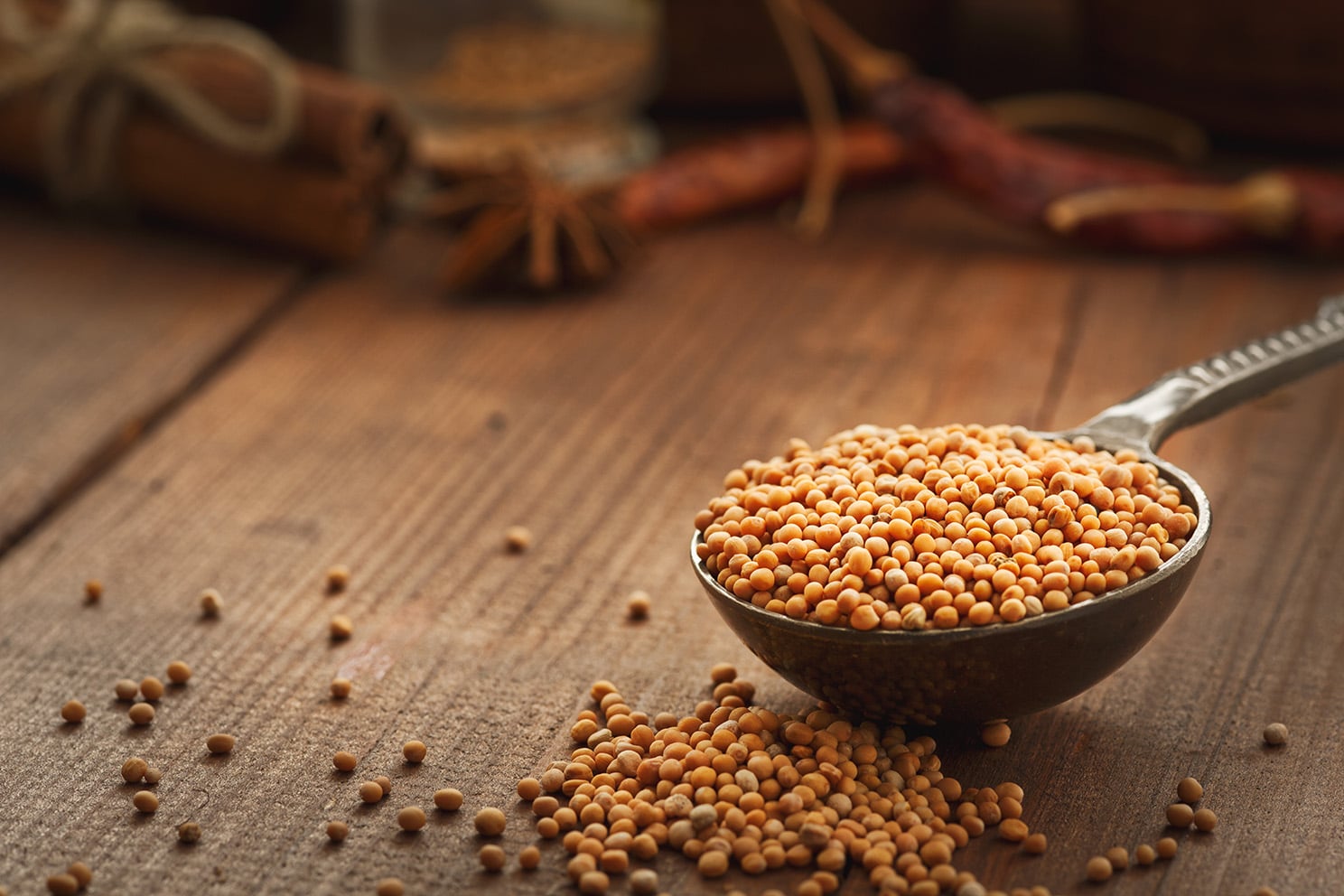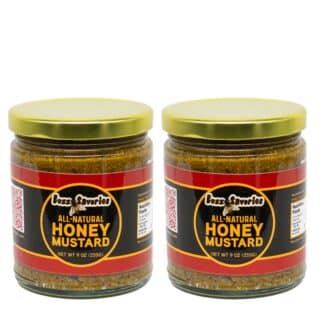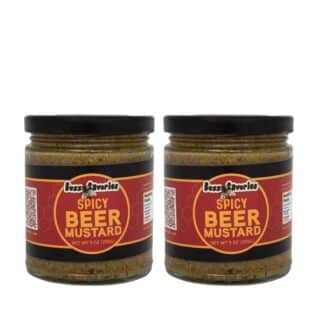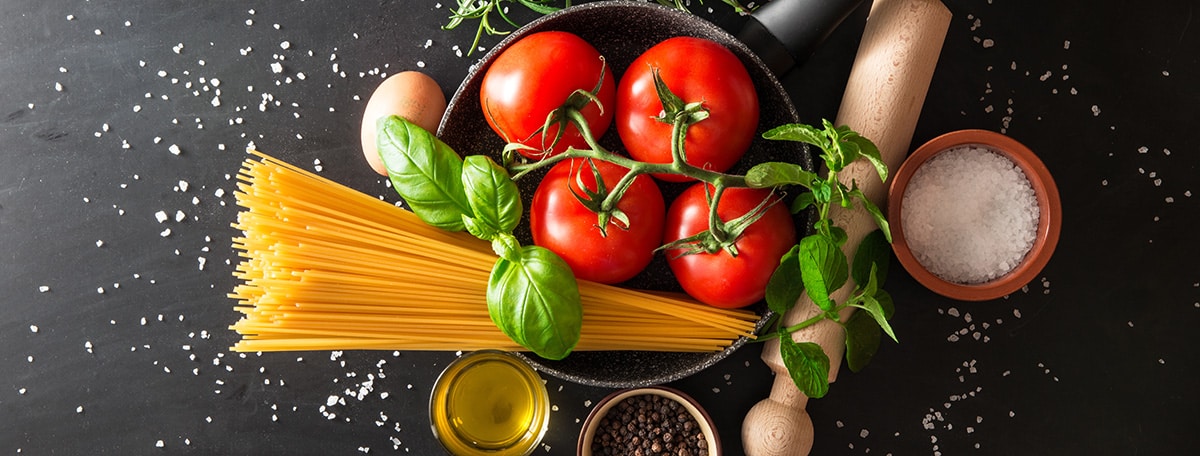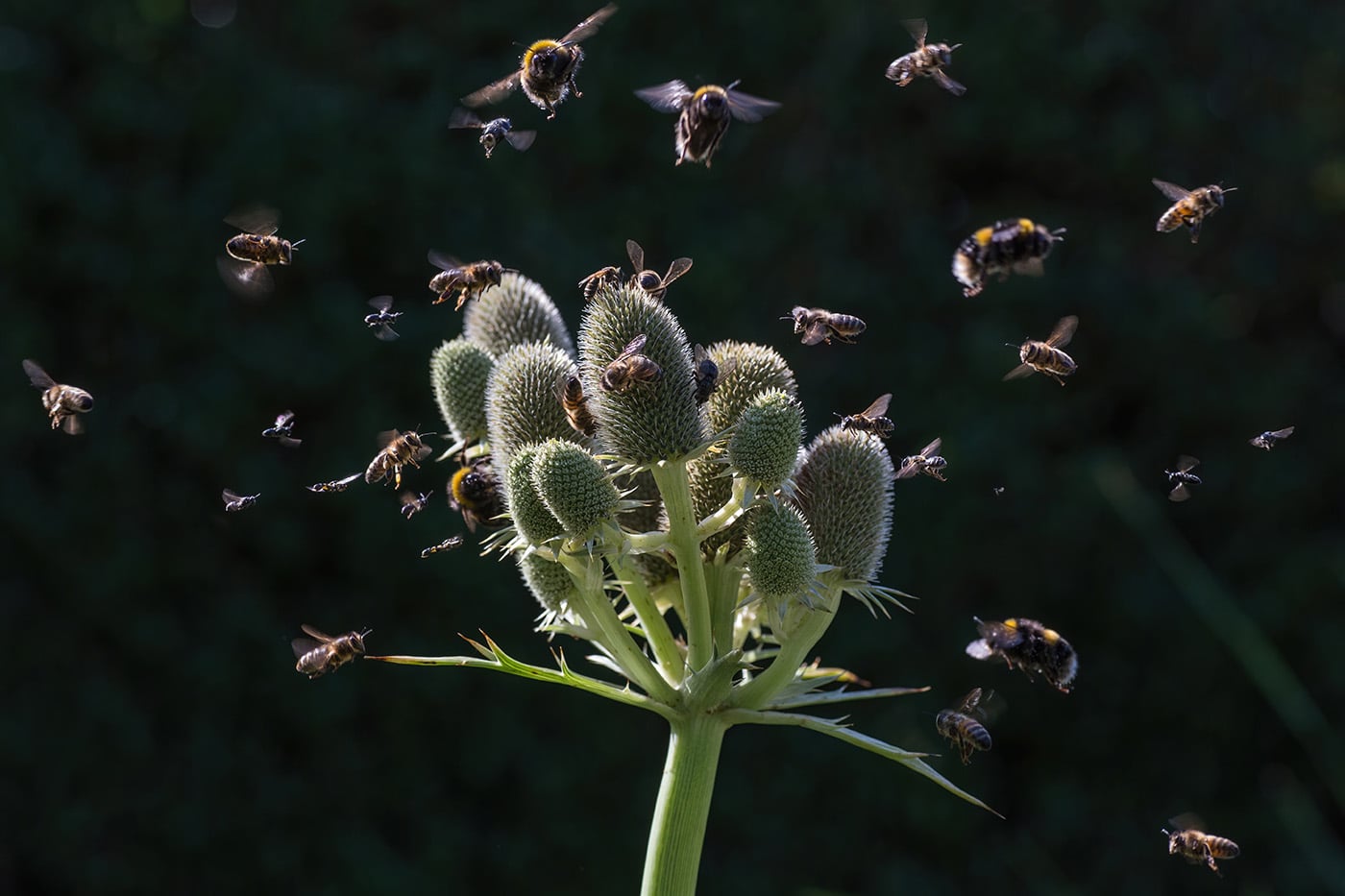
Create Your Own Pollinator Garden
It’s April, spring is finally here, and I’m thinking about the #1 pollinator in the world — BEES! Pollination is vital for a strong, healthy ecosystem and is the natural process by which many of the plants we eat grow and reproduce. Of course, not all pollinators are bees but you should know that one in three bites of food you eat depends on pollinators, and that bees are the best there are.
If pollinators are critical to life on the planet, what can we do to help them survive and thrive? To sustain bee life and provide nectar for their stores of honey, bees require specific flowering plants to be available during summer, their work time.
To find what flowers and flowering bushes and trees are ideal for bees in your location on the planet, we turned to the Xerces Society for Invertebrate Conservation, an international nonprofit dedicated to the conservation of invertebrates and their habitats. Among their many resources on their website is a Pollinator Conservation Resource page featuring region-specific resources to aid in the planning, establishment, restoration, and maintenance of pollinator habitat.
For the pollinators in my town and neighborhood — and for the world — I’m planting a pollinator garden in front of my house in south central Nebraska. Last fall, we cleared a 14’x14’ patch of lawn which is now ready to amend and till. My intent is to photograph this project as it goes along and to share the images in future editions of the Buzz.
I hope you’ll feel inspired to follow along, perhaps even prepare a patch of earth for pollinator plants of your own. See my plot as it looks the first week of April. I will plant the seeds soon and then watch it grow. Join me.
-
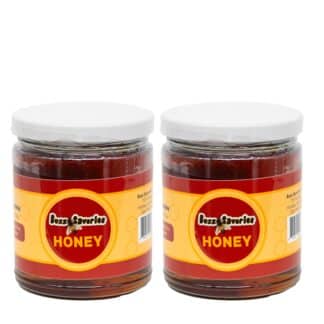
All-Natural & Local Honey
$25.00 Add to cart -
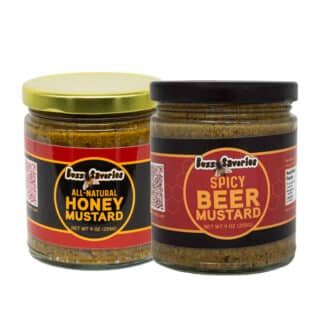
Mix & Match Sets
$25.00 Select options This product has multiple variants. The options may be chosen on the product page -
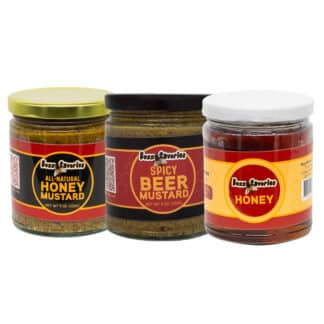
The Sampler
$40.00 Add to cart

